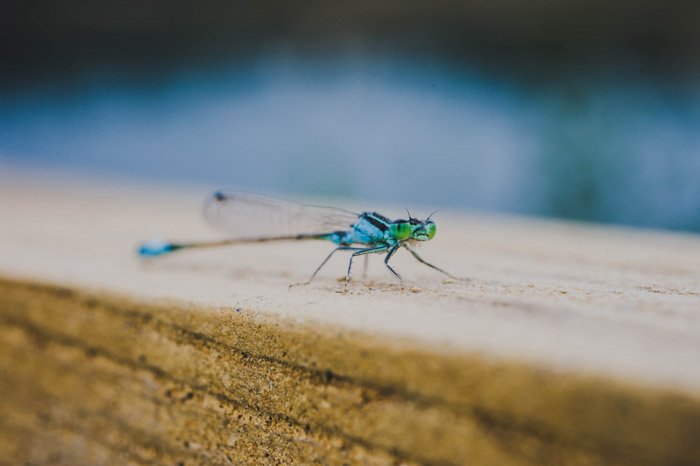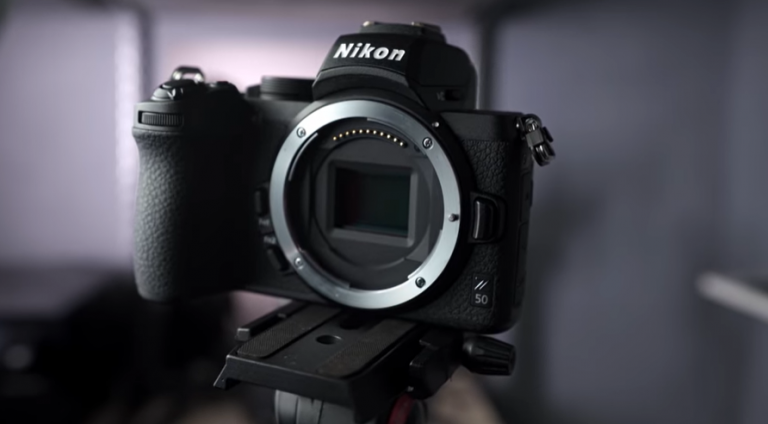

Make sure to get a reversing ring that not only matches the filter size (thread diameter) of your lens, but also matches the lens mount of the type of camera you’re using. The other side of the reversing ring fits onto your camera’s lens mount. This inexpensive gadget (see image below) is made to screw onto the front of your lens, similar to a lens filter. You can also use an adapter called a reverse ring (or reversing ring) which will allow you to actually mount your lens onto your camera in the backward position. You’ll be within two or three inchses of your subject (or less) when acquiring focus.Īn 18-55mm lens held backward onto the camera’s lens mount. As with many macro shooting solutions, the way you’ll focus on your subject is by moving the camera and lens toward, or away, from the subject, not by turning the focusing ring.Carefully match up the front of the lens to the ring of the camera mount and hold it there when taking your shots as shown in the image below.Turn the lens around in your hand so that the front of the lens is facing.Press your camera’s lens release button to remove the lens from the.Here are the steps for using this technique: Fortunately, focusing won’t be a problem using this technique, and you can preset your lens to a specific f-stop using the aperture-locking trick I’ll detail below. That means no f-stop adjustments or automatic focusing. 50mm or the 18-55mm kit lens).Īlthough this is an effective solution, you should be aware that your camera and lens won’t be able to communicate with each other when using this technique. Any lens will do, but a normal lens, or the lens that came with your camera will probably work best (e.g.

Just remove the lens from the camera and hold it backward against the lens mount to get a high degree of magnification. All you need is a camera that uses interchangeable lenses (most DSLRs do). If you’d like to get started right away, this technique works great and requires no extra investment. Here are three of my favorite low-cost techniques detailed in my new eBook, Introduction to Close-Up & Macro Photography: Reverse Your Lens This shows how the power of close-up and macro can draw the viewer in and capture the imagination.

Here, a close-up shot of this delicious-looking cupcake provides context for the macro shot that follows. Macro, in particular, is often accomplished with high-end specialty lenses and equipment, but there are ways to take impressive close-up and macro shots with little more than the gear you already have.įood and recipe images are featured in editorial as well as event photography.
BEST CAMERAS FOR MACRO PHOTOGRAPHY HOW TO
If you’ve been interested in doing some close-up and macro work, but don’t quite know how to get started, this article will show you how, without blowing your budget. But the fun and artistic motivations are undeniable flowers, insects, creative abstract, and the excitement of discovering the hidden worlds found in everyday objects. Practical applications include product detail shots, food photography, and technical illustration (see image below). Close-up and macro photography continue to be popular with shooters of all levels.


 0 kommentar(er)
0 kommentar(er)
